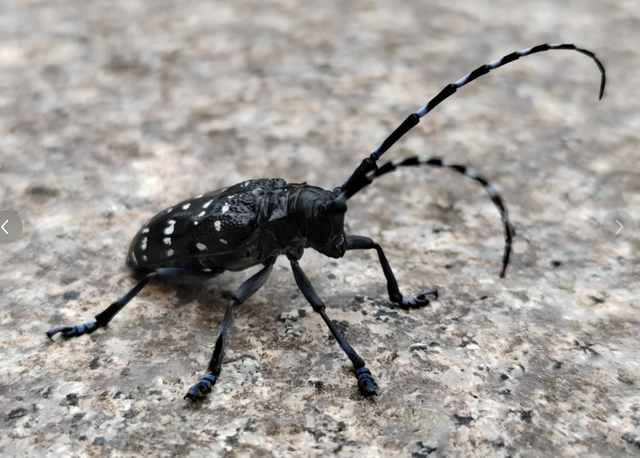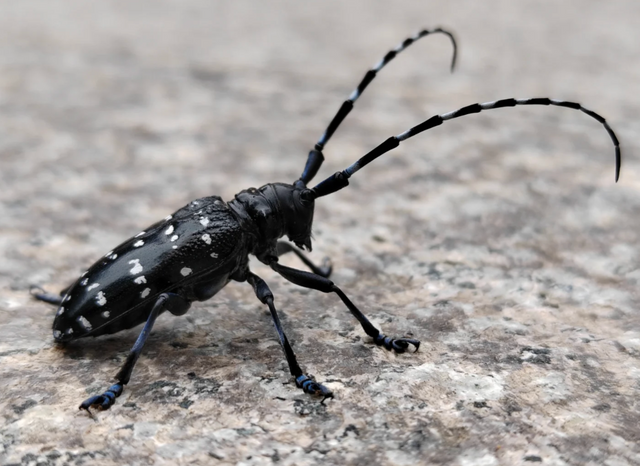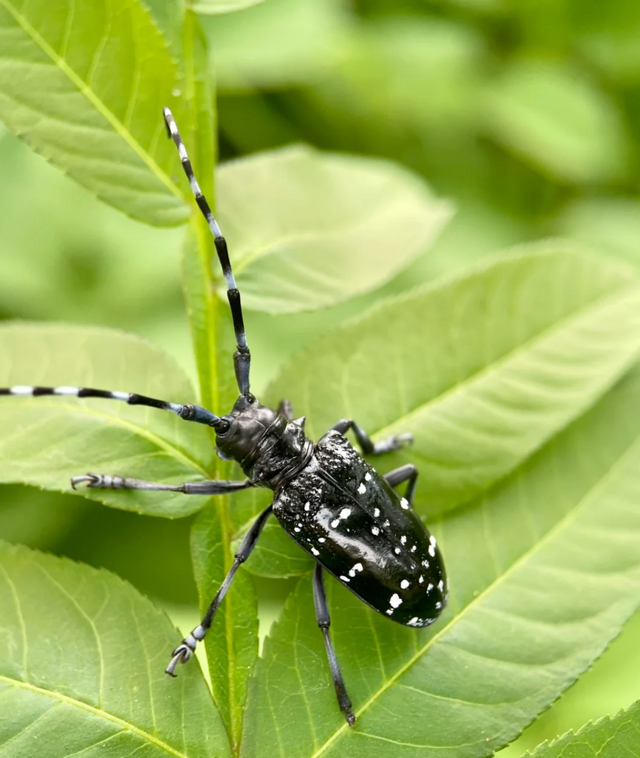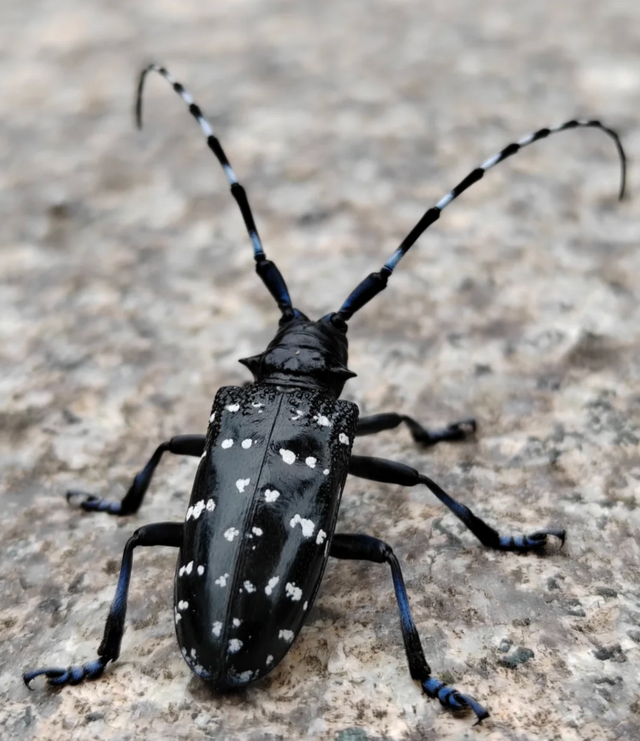Longhorn Beetles: Nature's Mysterious Insects, Summer's Unique Guests, and Their Hidden Secrets Revealed...
Longhorn Beetles: A Comprehensive Overview
Longhorn beetles, belonging to the Cerambycidae family within the order Coleoptera, are a group of insects widely distributed across the globe. With over 30,000 known species, these beetles display a remarkable variety and unique morphology. They tend to be relatively large in size, ranging from a few millimeters to several centimeters in length. Their exceptionally long antennae often exceed the length of their bodies, a characteristic that gives them their name.

Seasons and Habitats
Longhorn beetles exhibit different activity patterns in different seasons. Most adult longhorn beetles are particularly active during the spring and summer, which is also their peak breeding season. They are especially active at night and exhibit strong phototaxis, often being attracted to light sources. The larvae of longhorn beetles live inside trees throughout the year, especially favoring decaying or dead trees.

Diet and Impact
The dietary habits of adult and larval longhorn beetles differ. Adults primarily feed on plant tissues such as leaves, flowers, and fruits. In contrast, the larvae are typical wood-borers, feeding on the wood of trees. By boring tunnels through the wood, the larvae not only damage the internal structure of the tree but also weaken its growth and can even lead to its death. As a result, longhorn beetles are considered highly destructive pests to forests and ornamental trees.
Morphological Characteristics
Longhorn beetles exhibit a wide range of body colors, from bright red, yellow, or blue to more subdued protective colors like brown or black, allowing them to camouflage on trees. The adults possess hardened elytra (wing covers) that are usually glossy. The length of their antennae varies, but in most species, they exceed the length of the body. The larvae are grub-like, white or creamy-yellow, with a hardened head and strong mouthparts for boring into wood.
Ecological Role and Research Value
Despite their destructive impact on wood, longhorn beetles play a significant role in the ecosystem. The larvae, by boring into wood, accelerate the decomposition process of dead timber, aiding in nutrient cycling within the ecosystem. Additionally, longhorn beetles serve as an important food source for various birds, mammals, and other insects.
In the field of research, longhorn beetles are valuable subjects. Scientists study their life habits, reproductive methods, and environmental impacts to explore the mysteries of biodiversity and ecological balance. Furthermore, the structure and sensory systems of their antennae provide rich material for research in biology and material science.
Protection and Management

Given the significant threat longhorn beetles pose to forests and ornamental trees, countries have implemented various control measures. These include the use of chemical insecticides, physical barriers, and biological control methods. Additionally, scientists are exploring more environmentally friendly and sustainable control methods, such as using natural enemies or parasitoids of longhorn beetles for biological control.

Overall, longhorn beetles are both harmful and beneficial insects. Their unique lifestyle and ecological roles make them important subjects for research and management.